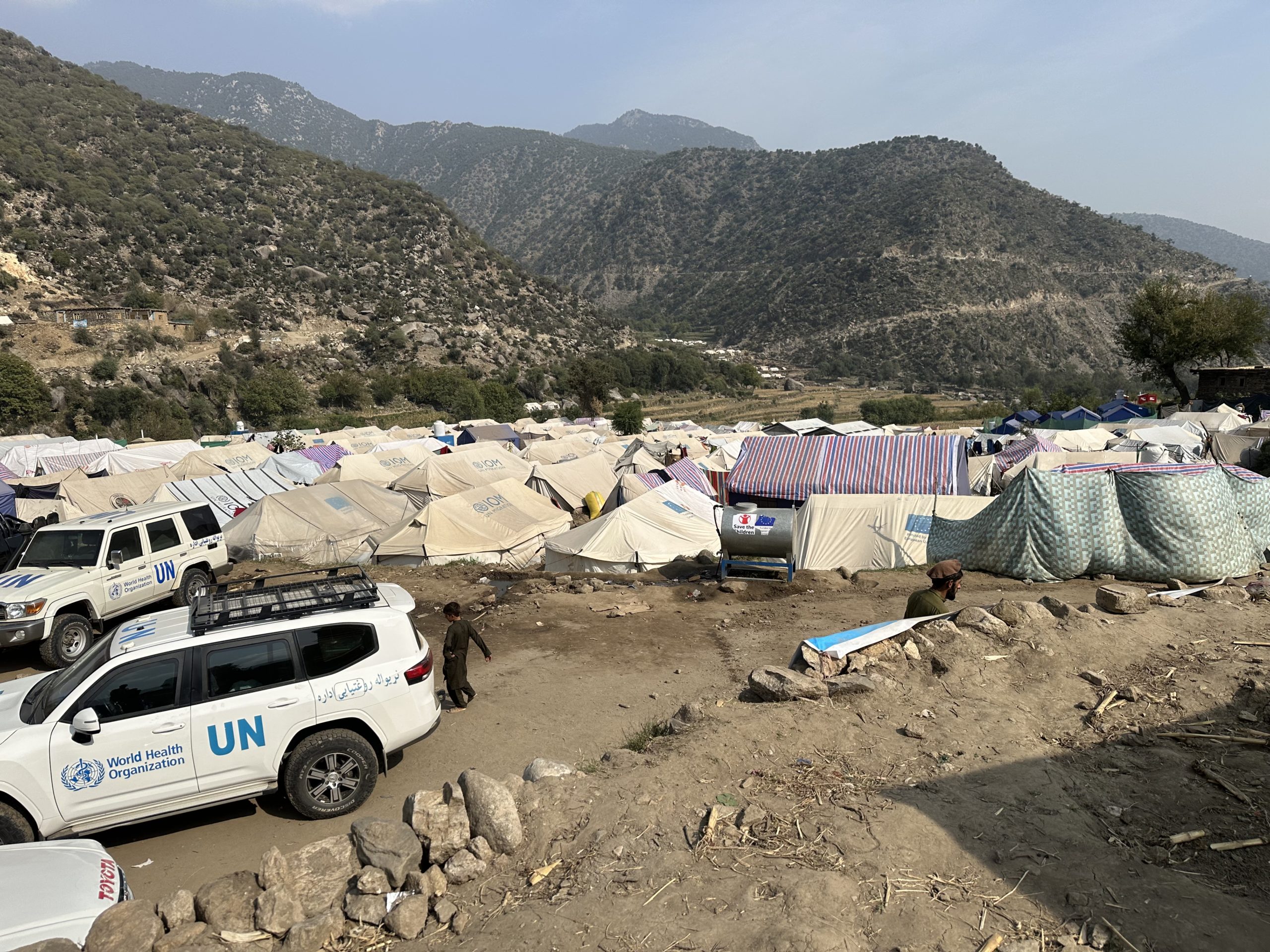Finding polio cases, wherever they are
12 March 2014 – Polio is a sneaky virus. For every paralytic case, there are around 200 other individuals quietly spreading the virus. That’s why it’s crucial that surveillance systems are sensitive enough to detect any polio transmission early, before an outbreak can explode.
The backbone of polio surveillance is the investigation of cases of acute flaccid paralysis (AFP) – or, in layman’s terms, every child who reports to their health worker with the kind of limp, floppy paralysis seen in children stricken with polio. However, there are many other causes of AFP, including Guillain-Barré syndrome, traumatic neuritis, transverse myelitis, other enterovirus infections, and even snake bite. In 2013, the World Health Organization received reports of over 100,000 AFP cases worldwide, of which only 404, or less than half a per cent, were confirmed as polio. Regardless, each and every case of AFP around the world must be investigated to ensure that polio is detected wherever it still exists. Information is gathered from parents and physicians, and stool samples are tested for the presence of the virus – first, usually, in a World Health Organization (WHO)-accredited national laboratory and then in a WHO regional lab.
India’s success against polio was partly due to the sensitivity of its surveillance system. The country cast its net wide (and continues to do so), catching anything that looked even slightly like polio for analysis. With a more accurate picture of where polio was spreading and of what serotype, the country could run more efficiently targeted mass vaccination campaigns.
Sometimes it isn’t so simple to gather samples, however. In times of conflict, like in Syria, for example, it is not uncommon that some cases of AFP cannot be investigated fully according to the established protocol. When laboratory specimens are not available or are inadequate, the absence of reliable laboratory results may make it difficult to either confirm the cases as polio or discard them as non-polio. In these situations the cases are ultimately reviewed by an expert committee.
But how do you detect polio even before the first case of paralysis is reported? That’s where environmental surveillance comes in. In countries most at risk of polio transmission, scientists collect sewage samples and test it for poliovirus. In Egypt, for example, environmental sampling detected the presence of wild poliovirus in December 2012. As a result, the country planned a series of vaccination rounds to protect their children from this debilitating disease and, to this day, Egypt remains polio-free.
Strong surveillance systems are, therefore, critically important to the success of global polio eradication efforts. The partner agencies of the Global Polio Eradication Initiative are committed to helping ministries of health around the world strengthen national surveillance systems – systems which will be useful in the detection of a range of diseases now and in the future, long after polio has been wiped from the face of the globe.



